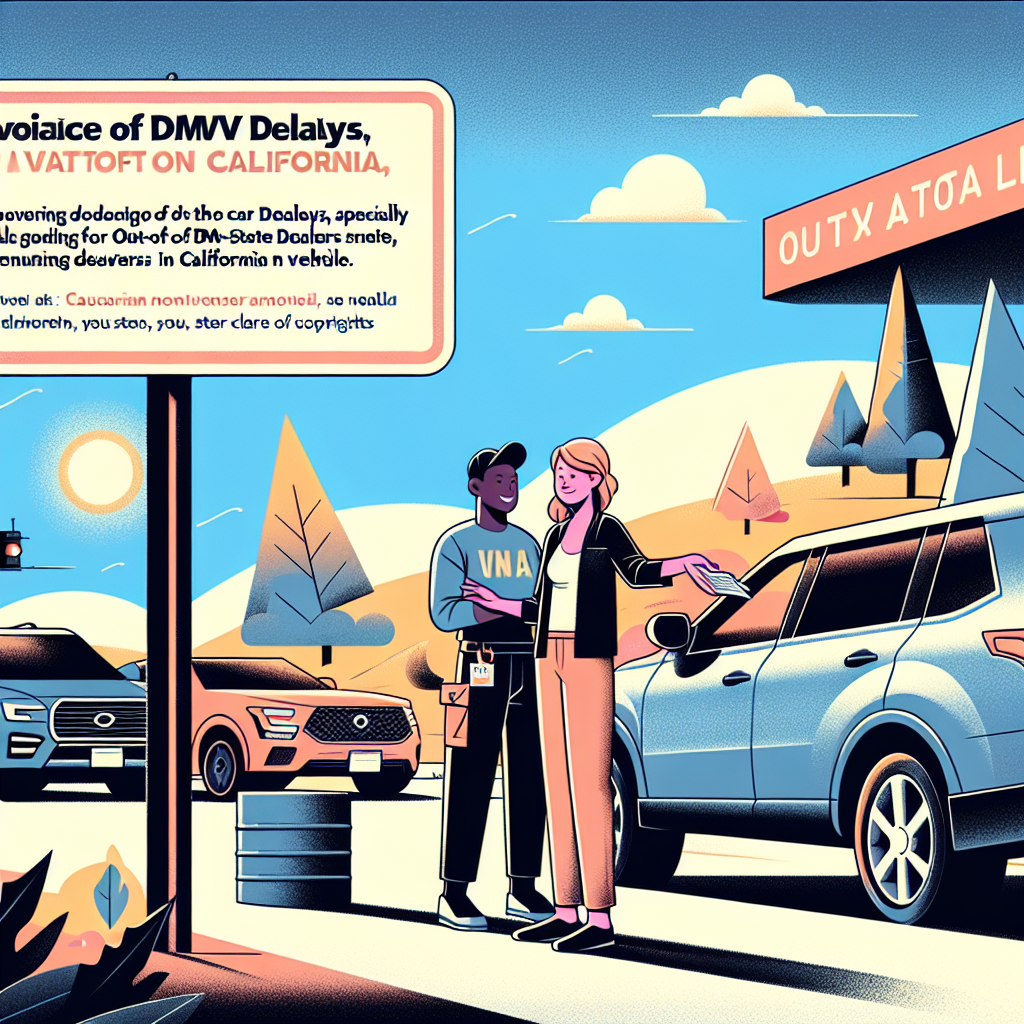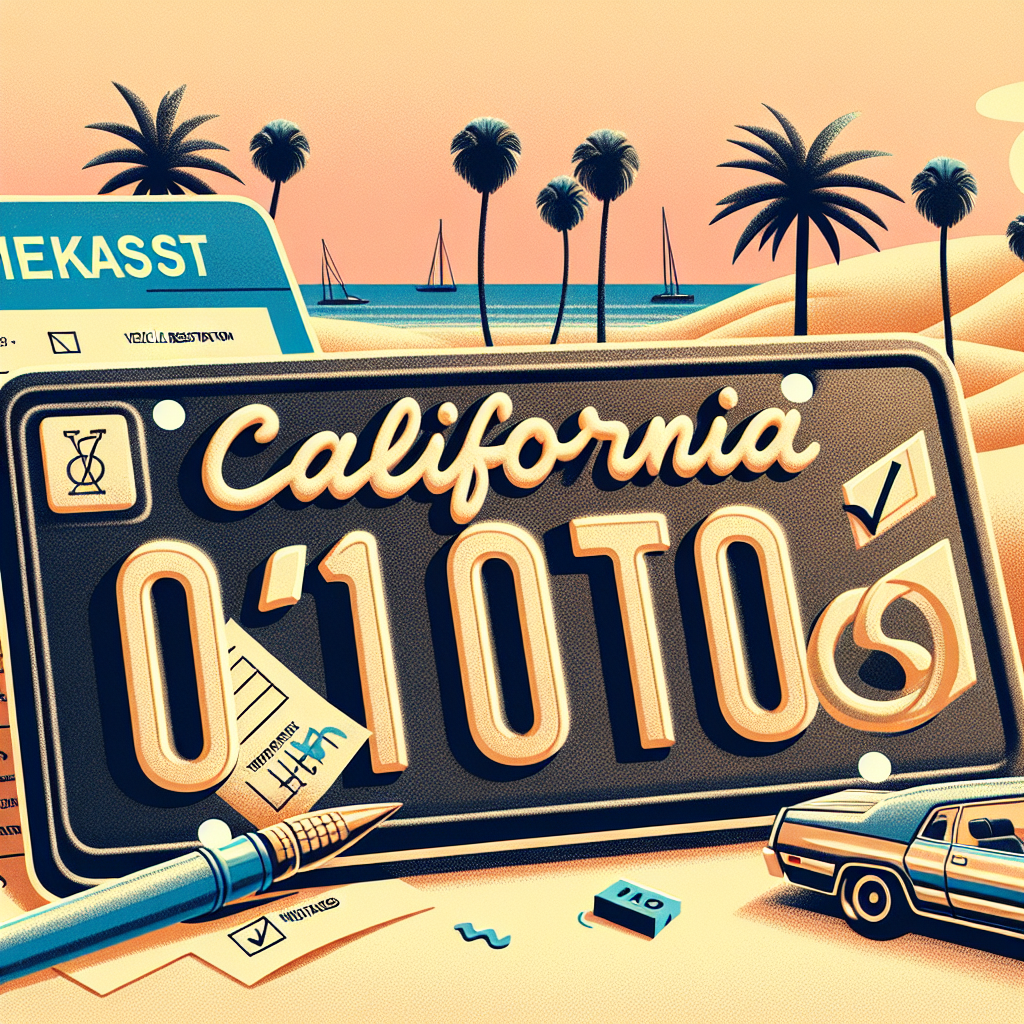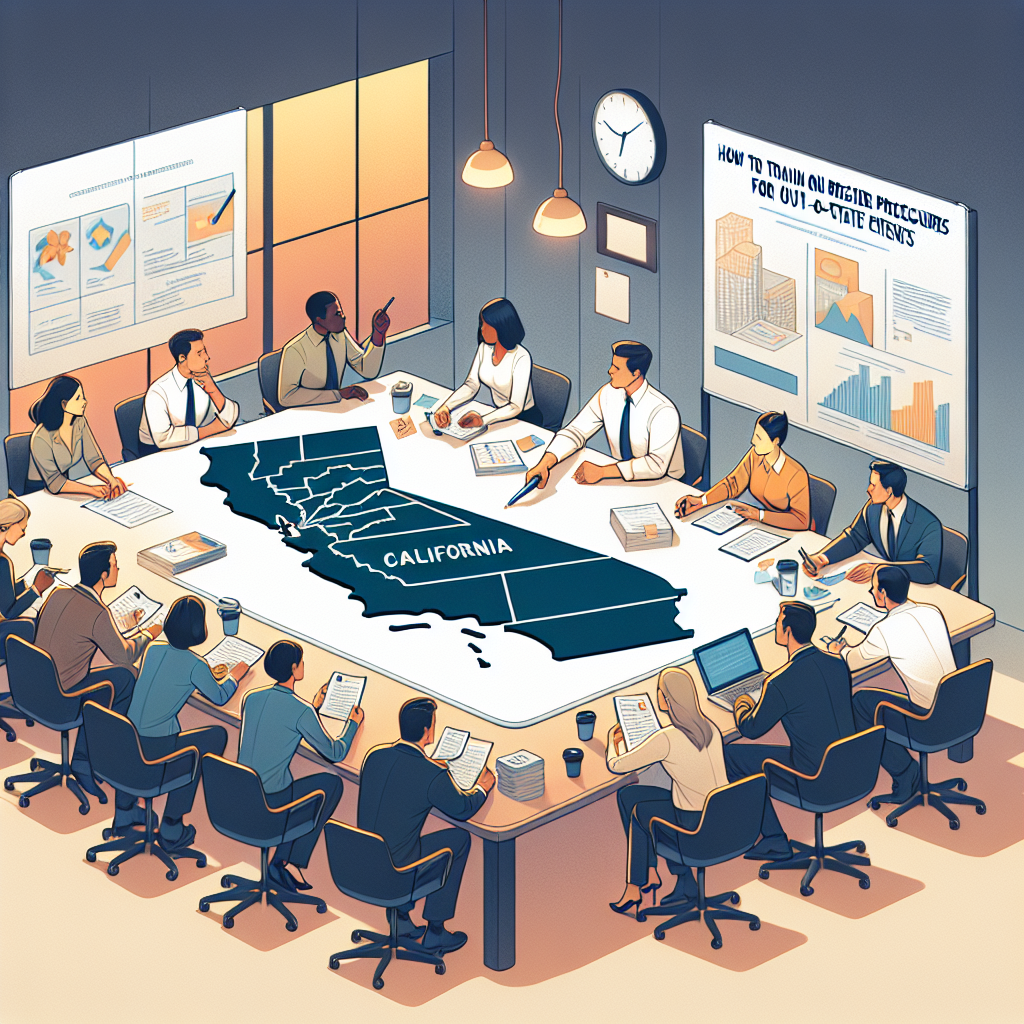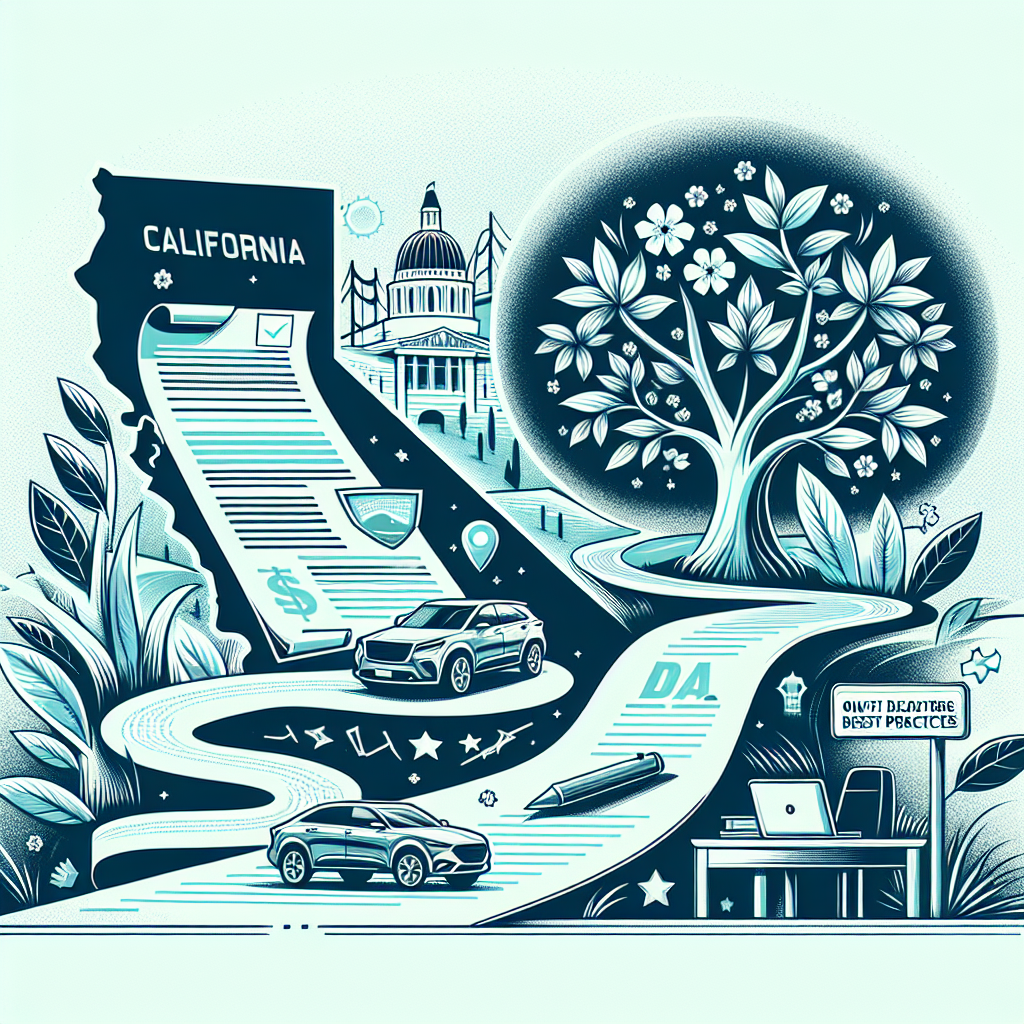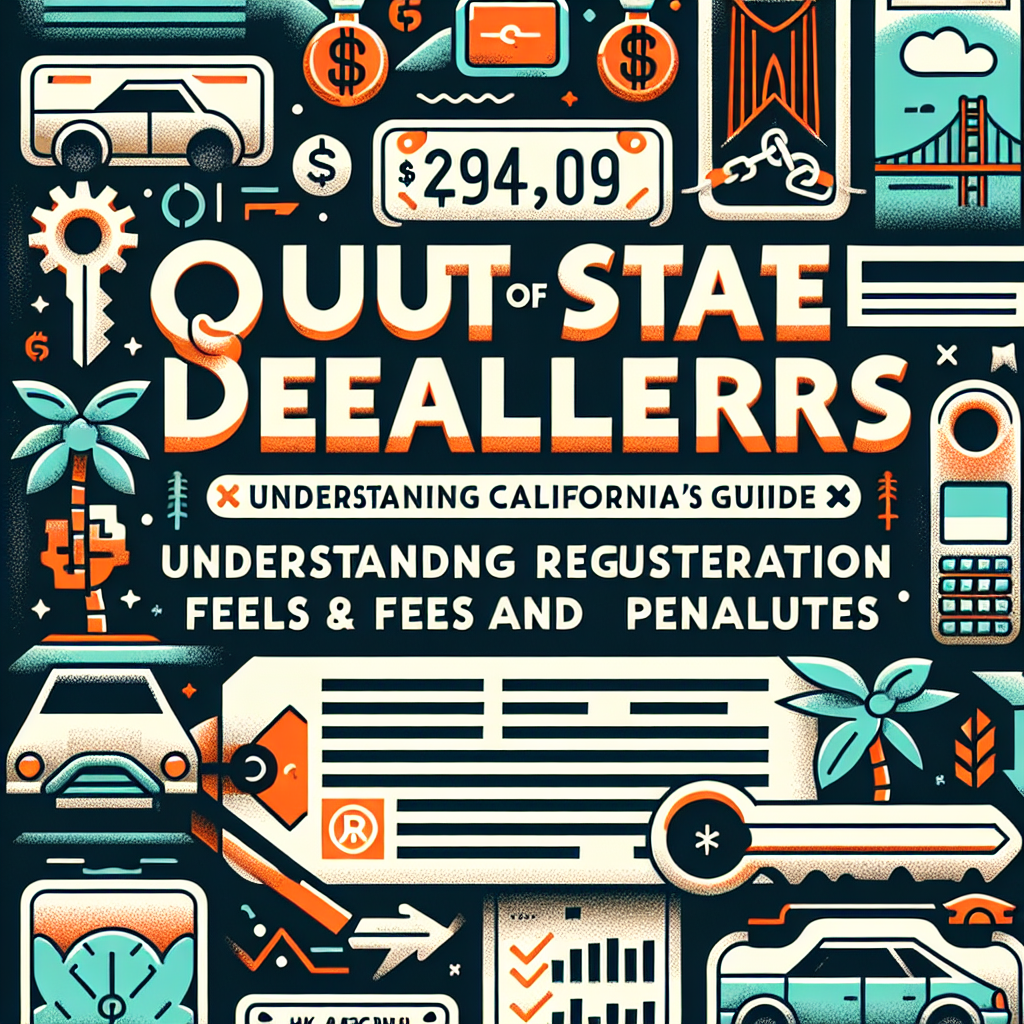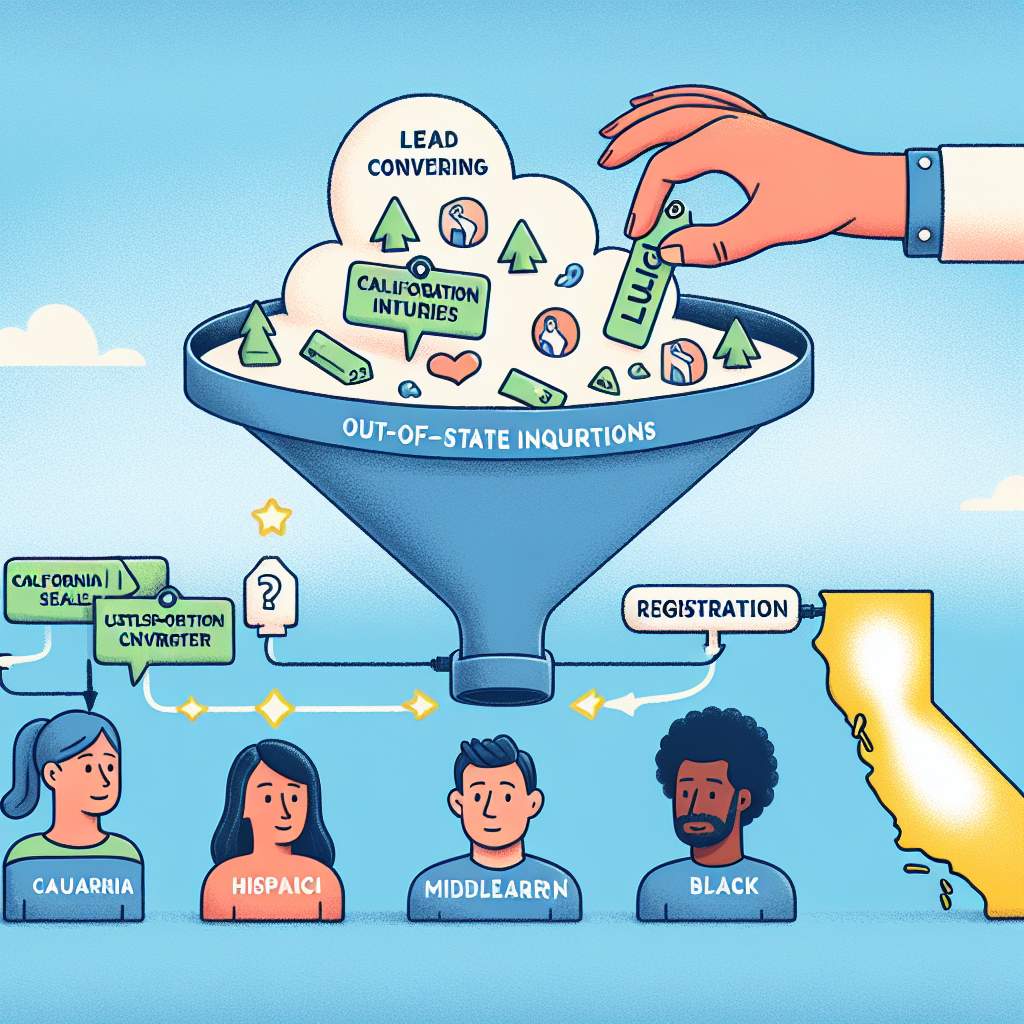How to Make Title Transfers Easy for Out-of-State Customers in California
Introduction
Moving to California and need to transfer your car’s title? It might seem tricky, but it’s an important step to show you own your vehicle. Knowing what to do helps make things easier and keeps you calm.
Knowing About Title Transfers in California
What the California DMV Wants for Title Transfers
When you’re transferring a car title in California, here’s what you need:
- Basic Information: Bring the current car title, fill out the Application for Title or Registration (Form REG 343), and have your ID ready.
- Other Important Papers: You’ll need proof of insurance and smog certification, plus pay any fees.
Special Steps for Out-of-State Title Transfers
Transferring a car title from another state to California needs extra steps:
- Verification Needs: Get a Vehicle Identification Number (VIN) check and maybe a smog check too.
- Common Mistakes: Not knowing about certain rules or when to do things can slow you down.
How to Make Title Transfers Easier
1. Getting Ready Before Transfer
- Collect What You Need: Have your current title, identification, and proof you live in California.
- Vehicle Checks and Smog Certification:
- VIN Check: This checks the car’s condition and must be done by someone official.
- Smog Check: Makes sure your car meets California’s air standards.
2. Filling Out the Forms
- Forms You Need:
- Form REG 343: For applying for title or registration.
- Form REG 256: For stating facts or special rules.
- Tips for Filling Forms Right: Always double-check that what you fill matches your documents to avoid mistakes that could delay things.
3. Handing in Your Application
- Submitting to the DMV the Right Way:
- In-Person: Going to the DMV can speed things up.
- By Mail or Online: Handy but make sure everything is attached right to prevent hold-ups.
- Fees: Knowing what you’ll need to pay for registration beforehand can save surprises.
Handling Common Problems
- Lost Titles or Papers: You can apply for a new title through your old state’s DMV.
- Making Sure It’s On Time: Find out California’s rules about when to register your out-of-state car to avoid penalties.
Getting Help from DMV Services
How Third-Party DMV Services Can Help
- Advantages of Using These Services: Places like Tags Clinic make the process quicker and less stressful.
- Picking the Right Service: Choose partners that are officially allowed and trusted by the DMV.
More Help from the California DMV
- Use the guides and resources online from the California DMV.
- Call their support for specific questions.
Conclusion
Transferring your vehicle’s title in California becomes simpler with proper preparation and guidance. By following these steps, you can achieve a smooth and easy transfer.
Why Efficient Title Transfers Matter
Smooth title transfers aren’t just about having ownership; they also make sure you’re driving legally in California.
Call to Action
Are you confused by the out-of-state title transfer process in California? Let Tags Clinic guide you. Contact us for help to make your title transfer easy. Visit us at 3845 University Ave, San Diego, CA or call us at 619-777-9046. You can also visit our website at Tags Clinic. We’re here to make your title transfer journey stress-free, efficient, and comprehensive.


